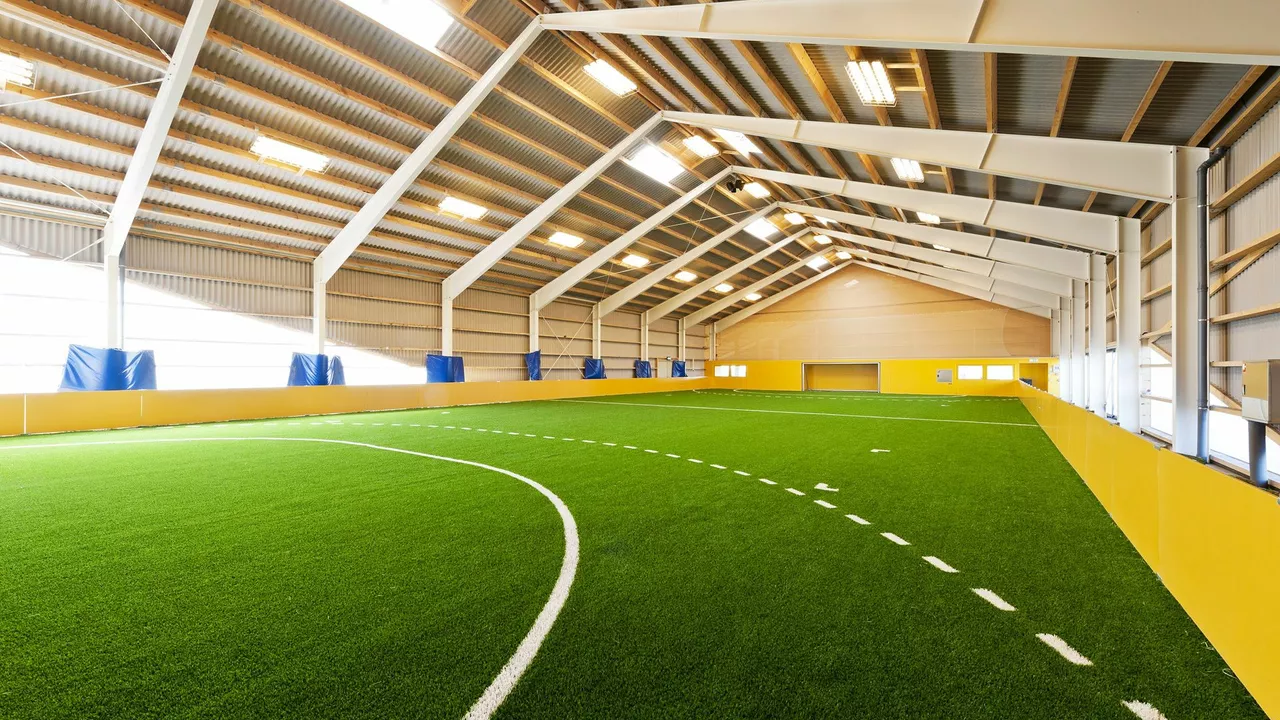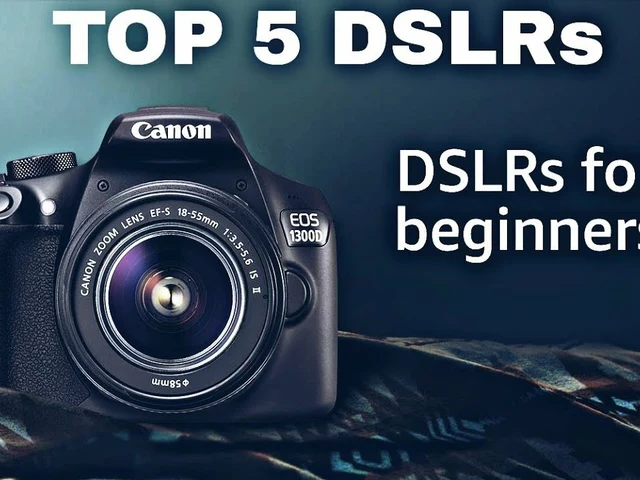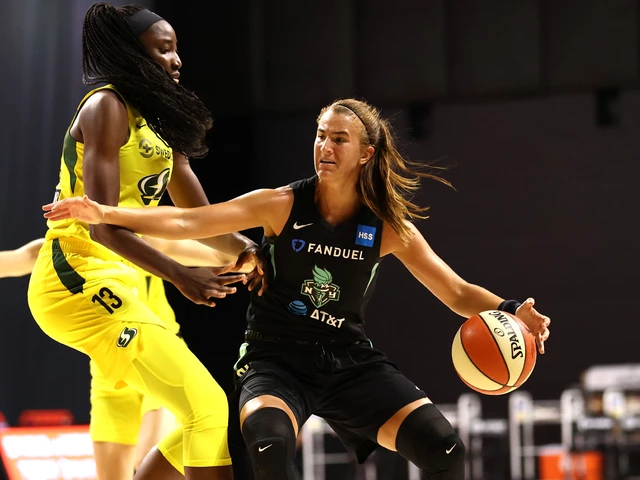City Size and Its Impact on Sports and Fan Life
Ever wonder why some teams live in huge metropolises while others call a small town home? The size of a city plays a big role in everything from ticket sales to media coverage. In this guide we’ll break down what city size means for sports clubs, fans and event organizers, and give you easy tips to make the most of it.
Why Bigger Cities Attract Bigger Teams
Large cities have more people, which translates to a bigger market for tickets, merchandise and sponsors. A stadium in a city of 5 million can fill up faster than one in a town of 50,000, so owners see higher revenue potential. Bigger markets also draw national broadcasters because the audience reach is larger. That’s why you’ll find most NFL, NBA and Premier League clubs in major urban areas.
But it’s not just about numbers. Bigger cities usually have better transport links—subways, buses and highways—that make it easier for fans to get to games. They also have a wider range of hotels and restaurants, which helps when a big match brings in out‑of‑town supporters. All of this creates a more profitable ecosystem for a club.
Smaller Cities, Bigger Passion
Don’t count out the small‑town teams. A tighter community often means fans are more loyal and vocal. When a club is the main attraction in a town of 80,000, local businesses rally around it, offering discounts and promotions that larger cities can’t match. This community spirit can boost match‑day atmosphere, making games feel more personal.
For event planners, a smaller city can be a hidden gem. Fewer competing events mean less scheduling conflict and often lower venue costs. With a well‑targeted local marketing campaign, a club can sell out a modest stadium and still make a solid profit. Plus, media outlets love a good underdog story, which can bring free publicity.
Whether you’re a fan, a club manager or an event organizer, understanding city size helps you set realistic goals. In a big city, focus on broad reach, corporate partnerships and scalable infrastructure. In a smaller city, lean into community ties, personalized experiences and niche sponsorships.
Take the size of your city into account when planning ticket pricing, marketing messages and stadium upgrades. Bigger isn’t always better, but matching your strategy to the city’s scale will give you the best chance to succeed.





